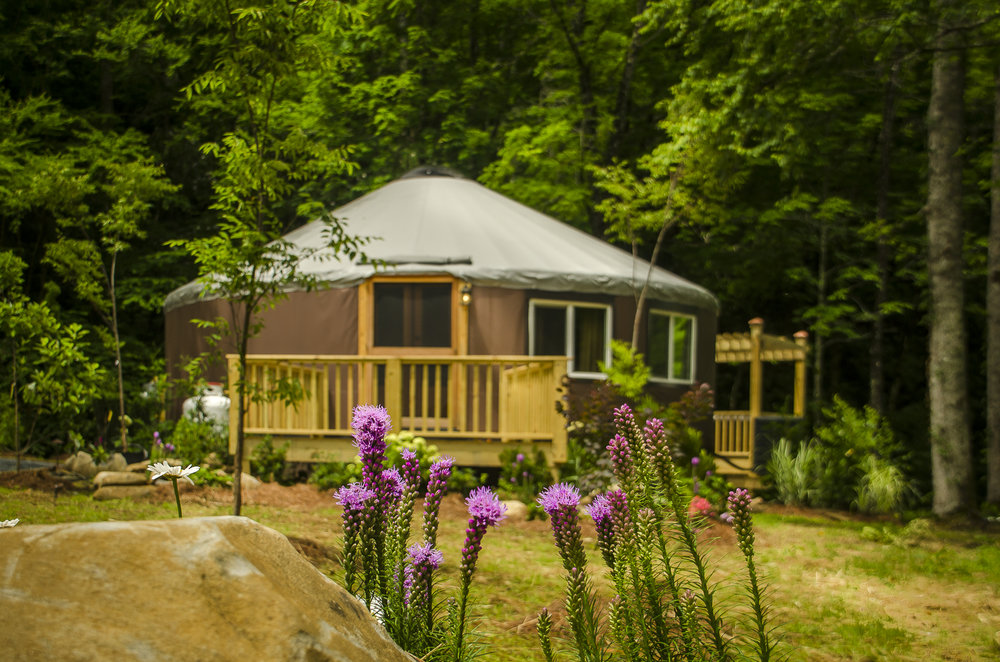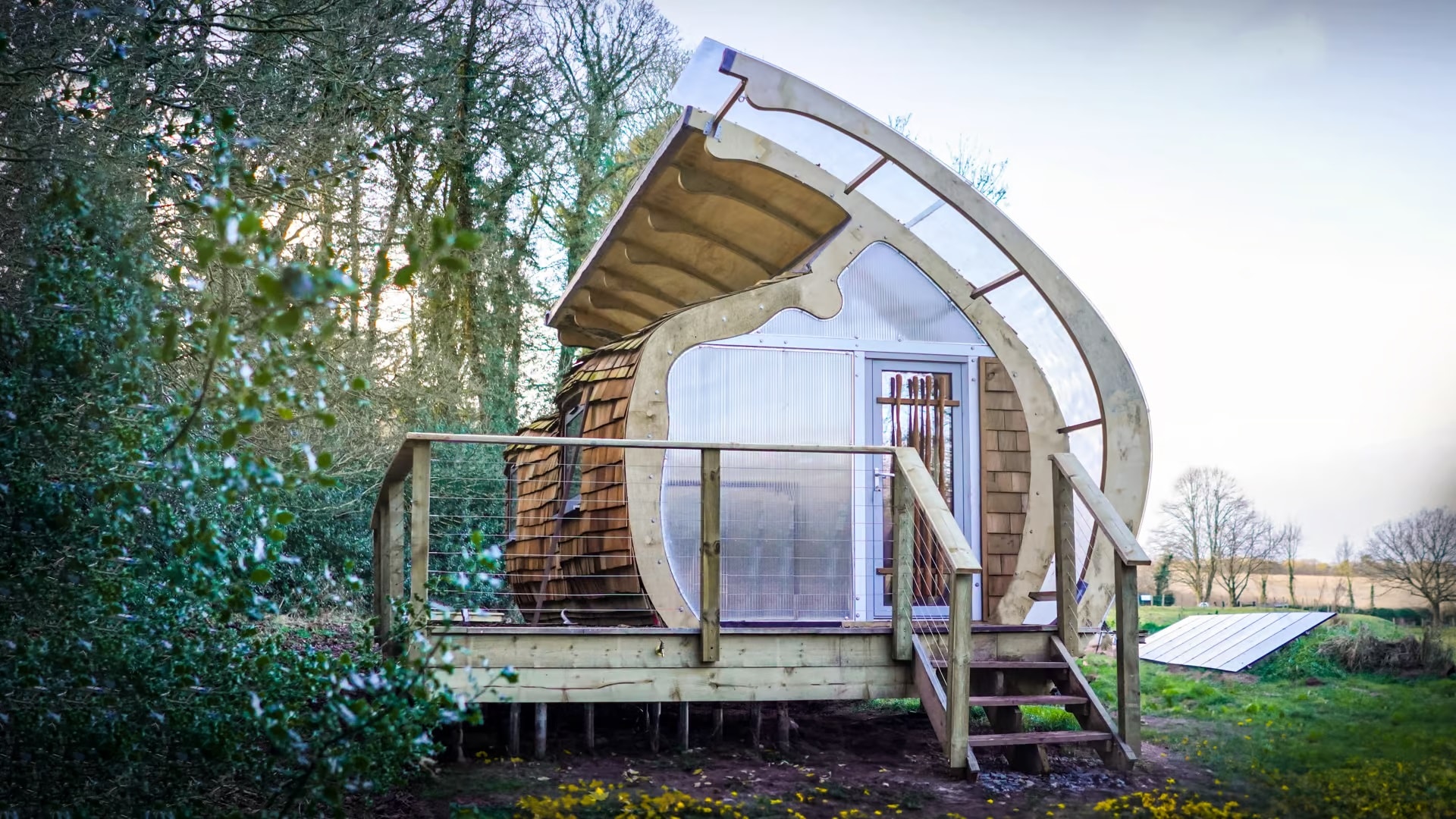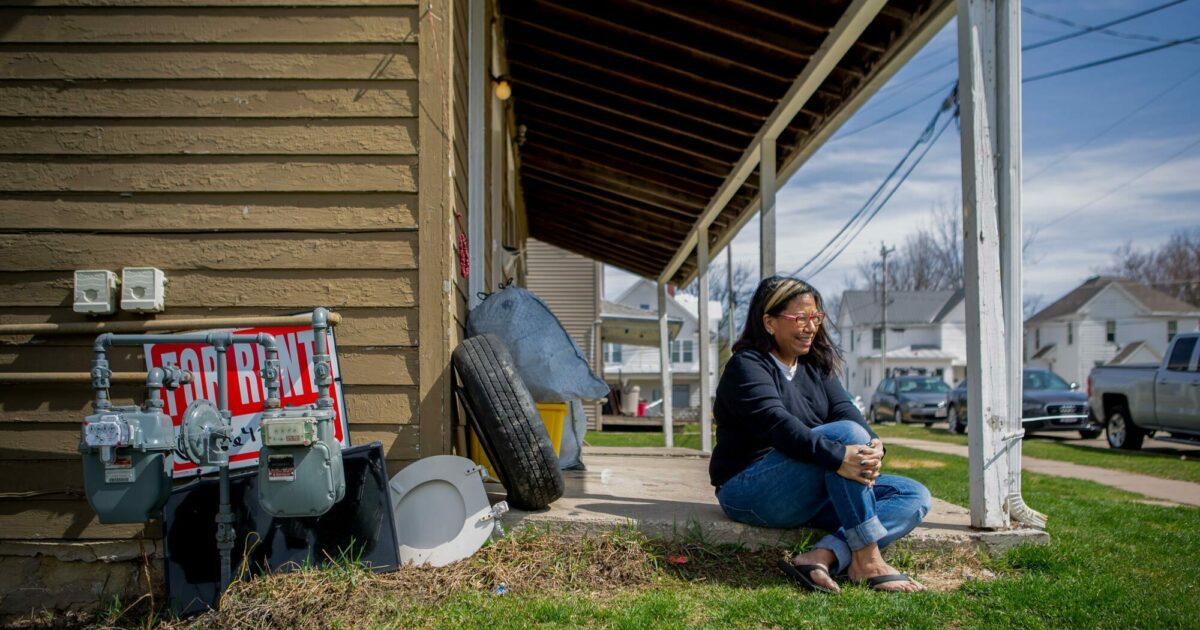The American dream is evolving. Today, a growing number of people are yearning for something different: self-sufficiency, connection to nature, and a life less ordinary. This is the driving force behind the surge in homesteading and the increasing popularity of building homes from kits.
Beyond Back to Basics:

.
Gone are the days of romanticized visions of log cabins and roughing it in the wilderness. While self-reliance remains a core principle, modern homesteading embraces a spectrum of motivations and lifestyles. Some seek a simpler life, free from the rat race and consumerism. Others prioritize sustainability and minimizing their environmental impact. And for many, it’s about reclaiming control, growing their own food, and fostering a deeper connection to the land.
Affordability Meets Ingenuity:
Rising housing costs and a tight market are pushing people towards alternative solutions. Building from a kit can be significantly cheaper than traditional construction, especially in rural areas. This cost-effectiveness, coupled with the increasing trend of remote work, allows individuals to pursue their homesteading dreams in more affordable locations.
A Generation Steps Up:

photo – SI Container Builds
Millennials and Gen Z are at the forefront of this movement, driven by their values and economic realities. Saddled with student loan debt and facing high housing costs, they see homesteading as a path to greater control and a more meaningful life. Their tech savvy allows them to research, learn new skills, and find creative solutions to the challenges of self-sufficiency.
From Earthen Homes to Converted Buses:

.
Modern homesteaders are embracing a diverse range of home styles. Traditional stick-built houses offer flexibility and customization. Log cabins evoke rustic charm and energy efficiency. Modular homes provide quicker construction times and potential cost savings. But the options extend far beyond these. Earthen homes offer low environmental impact and natural temperature regulation. Tiny houses emphasize minimalism and resourcefulness. Yurts and geodesic domes are lightweight and adaptable, while converted shipping containers and even school buses provide unique and eco-friendly options.
Building Your Dream, One Step at a Time:
Homesteading isn’t for everyone. It requires hard work, dedication, and a willingness to learn new skills. But for those seeking a different path, a life closer to nature and more in control, it offers a fulfilling and rewarding journey. Whether you dream of a cozy log cabin or a solar-powered tiny house, the most important factor is finding a solution that aligns with your individual needs, goals, and resources.

.
This revised version condenses the information into a more engaging and digestible format, highlighting key points and adding a touch of storytelling to capture the reader’s interest. It also focuses on the positive aspects and potential of modern homesteading, while acknowledging the challenges involved.
.
Gary Fleisher is a renowned blogger and commentator on construction and housing trends, known for his insightful analysis of the industry.



